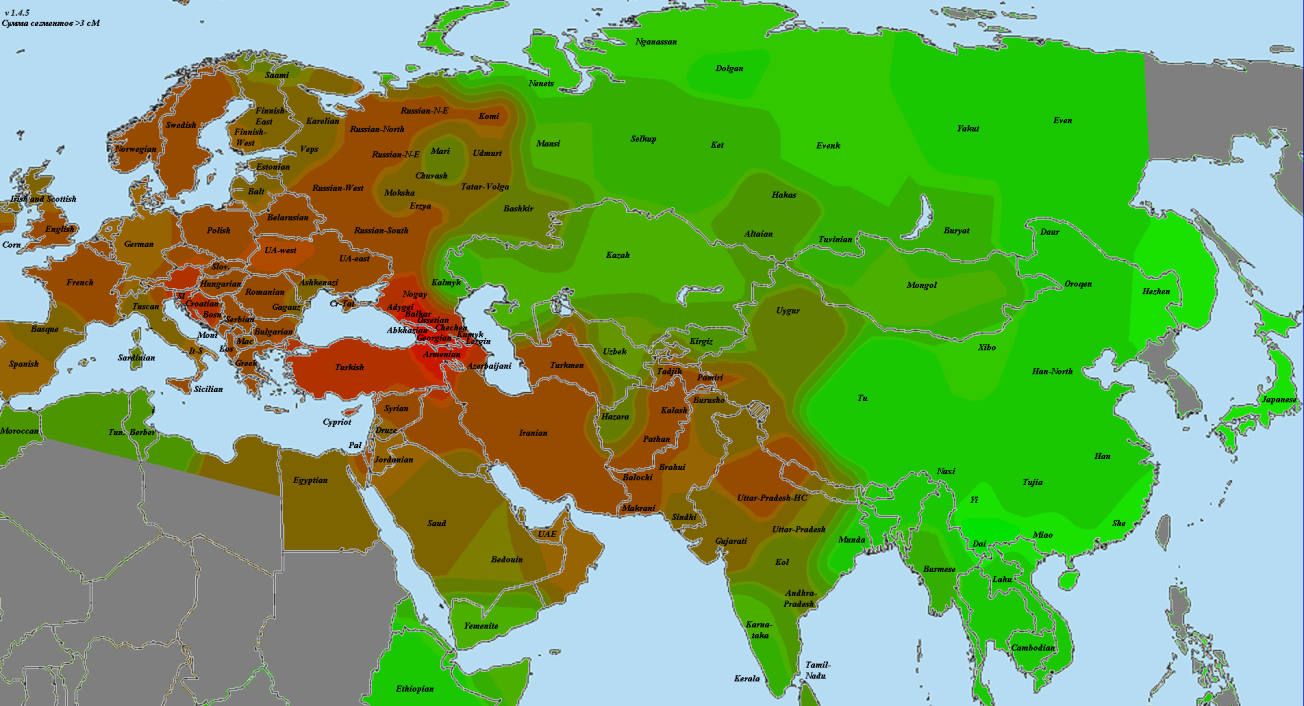Tomenable
Elite member
- Messages
- 5,419
- Reaction score
- 1,337
- Points
- 113
- Location
- Poland
- Ethnic group
- Polish
- Y-DNA haplogroup
- R1b-L617
- mtDNA haplogroup
- W6a
Now, if you could present a mechanism by which all these unmixed clans learned the same language, please?
They were mixed, autosomally they were the same and also similar mtDNA lineages. They just had different "fathers".
As for the mechanism - I'm not a linguist, you would need to consult some linguists and ask them why do languages emerge.
Apparently they do emerge, because if they didn't, we would all be speaking the same language as "Y-Adam and mt-Eve":
And if not the language of "Y-DNA Adam and mtDNA Eve", then at least that of the Out-Of-Africa Tribe:
http://www.ncbi.nlm.nih.gov/pmc/articles/PMC3104569/
http://www.ncbi.nlm.nih.gov/pmc/articles/PMC3656025/
The “out of Africa” hypothesis proposes that a small group of Homo sapiens left Africa 80,000 years ago, spreading the mitochondrial haplotype L3 throughout the Earth.1–10 Little effort has been made to try to reconstruct the society and culture of the tribe that left Africa to populate the rest of the world.1






